|
|
| |
| |
 |
Danube Protected Areas – core sites within the Danube Habitat Corridor
|
| |
|
Since 10 years, DANUBEPARKS – The Danube River Network of Protected Areas – preserves some of our most valuable natural sites. Yet, habitat fragmentation limits efforts to preserve a truly cohesive ecosystem. Through DANUBEparksCONNECTED, funded by the Interreg Danube Transnational Programme, we strengthen ecological connectivity and the Danube Habitat Corridor on water (WILDIsland), in the air (DANUBE FREE SKY) and on land (Forest and Dry Habitats).
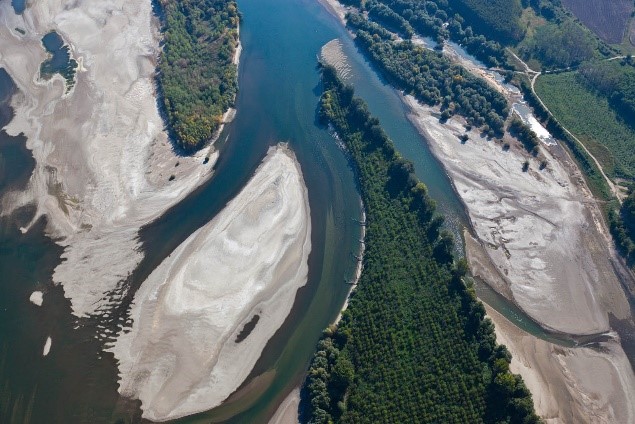 WILDislands WILDislands
Foto: Ivanov
 DANUBE FREE SKY DANUBE FREE SKY
Foto: Hoyer
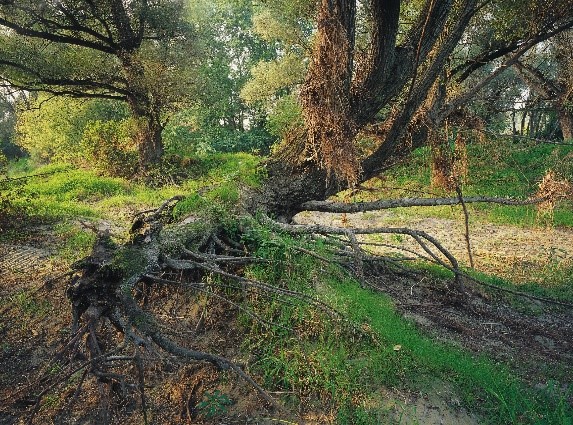 Danube Riparian Forest Corridor Danube Riparian Forest Corridor
Foto: Popp
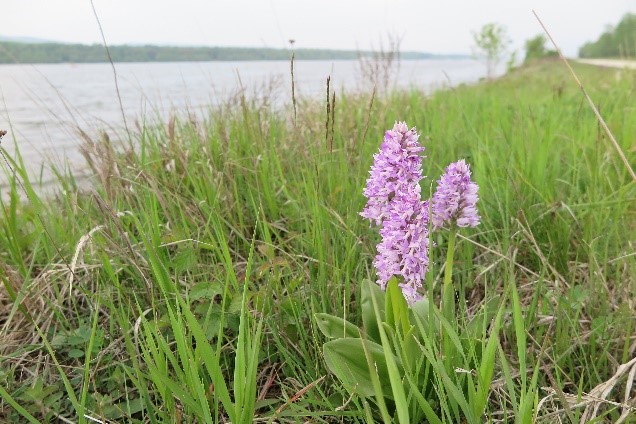 Danube Dry Habitat Corridor Danube Dry Habitat Corridor
Foto: Frank
dtp.interreg-danube.eu/danubeparksconnected |
|
|
 |
DANUBEparksCONNECTED successfully started
|
| |
|
The DANUBEparksCONNECTED kick-off conference on 21st and 22nd of February 2017 in Ingolstadt/Germany brought together more than 100 participants from 11 countries and various sectors. The welcome speech of Christian Lösel (Lord Mayor of the City of Ingolstadt), the key notes by Carl Manzano (DANUBEPARKS President, Director Donau-Auen Nationalpark), Florian Ballnus (Priority Area Coordinator, EUSDR PAC 6), Veronika Sikova (Priority Area Coordinator, EUSDR PAC 2) and Gusztáv Csomor (Project Officer, DTP Joint Secretariat), perfectly introduced the audience to the subject.
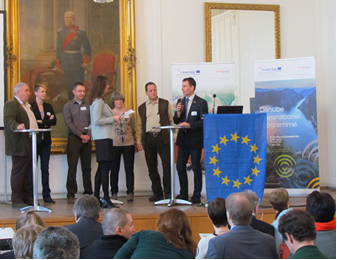 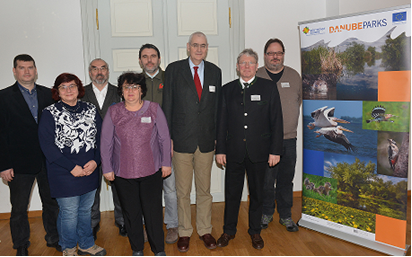
Foto: DANUBEPARKS
While most may associate habitat connectivity as pertains to rivers with the longitudinal connectivity of aquatic habitats, rivers in fact serve an even greater purpose: as essential wildlife corridors, whose semiaquatic habitats like sand bars, gravel banks and islands are literal stepping stones. They are also flyways of extraordinary importance for the migration of birds. Rivers even form ecological corridors for dry and semi-arid habitats. This sheer variety of habitats – which can only be formed by intact river systems – provides suitable living conditions for a wide range of organisms. The presentations by the project team of DANUBEparksCONNECTED stressed the importance of the Danube river as essential eco-corridor and aroused big interest by the local media.
More information and Press review
|
|
| |
 |
Danube Habitat Corridor Water: WILDisland
|
| |
|
The Danube Islands are not only beautiful: they are essential for nature conservation and biodiversity. The WILDisland initiative launched by DANUBEparksCONNECTED will contribute that these islands remain integral ecological stepping stones in the riverine corridor.
Under the coordination of Duna-Ipoly National Park/Hungary, the principles of the Danube Wild Island Habitat Corridor have been discussed and drafted at the transnational workshop on 22nd of February. The European Wilderness Society in their role as Associated Strategic Partner provided important inputs. A first Danube-wide inventory of potential WILDislands has been done, and for each country, pilot islands were nominated by the Protected Areas. Furthermore, the planning phase for the restoration of selected Danube islands has started: these pilot actions will deliver concrete and visible results for the conservation and restoration of WILDislands.
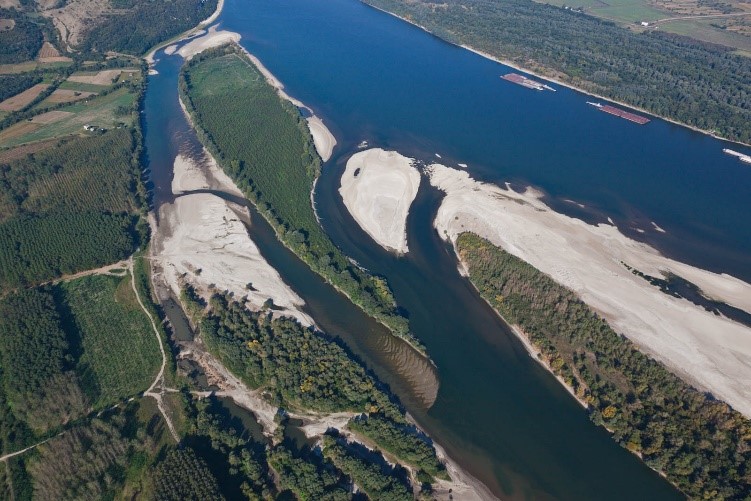 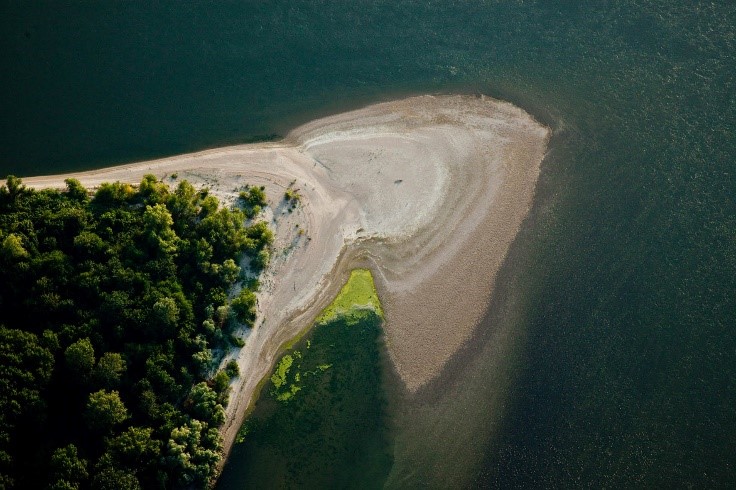
Fotos: Ivanov
While the Danube Islands are key flagship habitats for the Danube Habitat Corridor, the Danube is also an international waterway which makes cooperation among both sectors – conservation and navigation - extremely important. On 26th-27th April, the first cross-sectoral conference together with the Danube STREAM project already took place in Dunakiliti (Fertö-Hansag National Park/Hungary), including key notes by the Danube Sediment project. Common activities were discussed and both projects developed a joint roadmap for future cooperation.
The Danube Wild Island Habitat Corridor campaign will be further developed at the upcoming workshop on 8th of September 2017 in the Duna-Ipoly National Park/Hungary.
|
|
| |
 |
Danube Habitat Corridor Air: DANUBE FREE SKY
|
| |
|
The Danube is a vital breeding, resting and wintering spot for birds and a flyway of particular importance for waterfowl, terns, gulls, waders, raptors and many other avian species. Even though the Protected Areas provide refuge on this migration route, overhead electric power lines along the corridor are dangerous barriers, and a high number of birds perish each year after colliding with them.

Foto: DANUBEPARKS
Within DANUBEparksCONNECTED, the DANUBE FREE SKY initiative will promote technical solutions which can significantly reduce mortality (by 60-90%). The Danube Delta Biosphere Reserve Authority is the responsible and coordinating partner and brings the experience of the successful implementation of a LIFE+ project to protect pelicans against collision with electric powerlines.
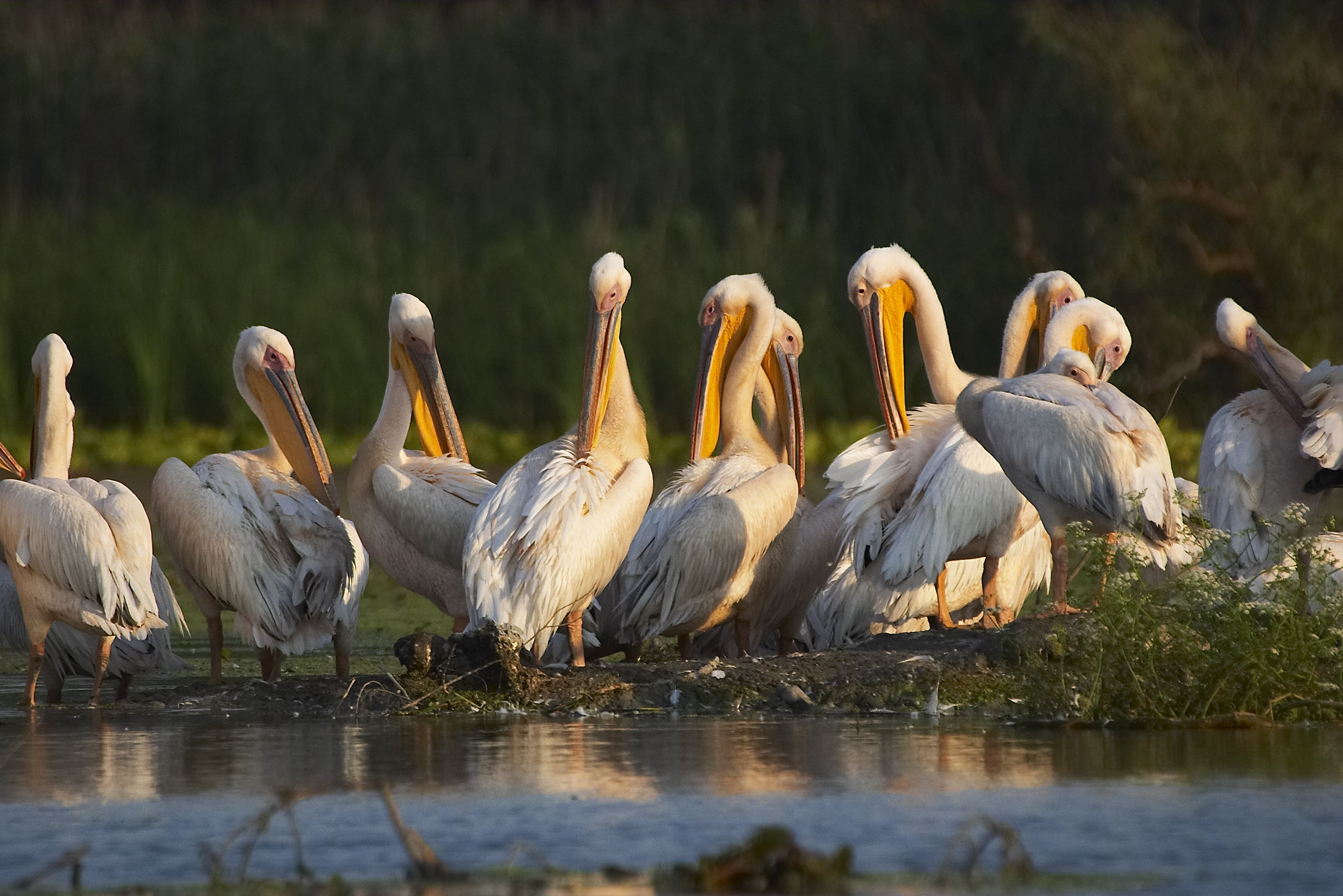
Foto: Petrescu
As a first step, a questionnaire has been sent to all Danube Protected Areas and selected stakeholders to compile the existing experiences in the Danube region. Additionally, a first Danube-wide inventory of all high voltage powerlines was done: more than 200 powerlines are crossing the Danube river. At the first transnational workshop in the frame of the kick-of conference, the dialogue between nature conservation and energy sector has been launched under the patronage of EUSDR Priority Area Coordinator 2 (Sustainably Energy) and Priority Area Coordinator 6 (Biodiversity). Through the cooperation with the energy sector a best-practice approach for marking of power lines will be developed pilot actions on marking power lines will be implemented throughout the project.
|
|
| |
 |
Danube Habitat Corridor Land: Riparian Forest Corridor
|
| |
|
Nearly 90% of riparian zones have disappeared in past decades. Facing the ongoing high pressure on the last remaining floodplain forests, DANUBEparksCONNECTED and forestry experts are working together to raise awareness of the importance of riparian forest conservation.
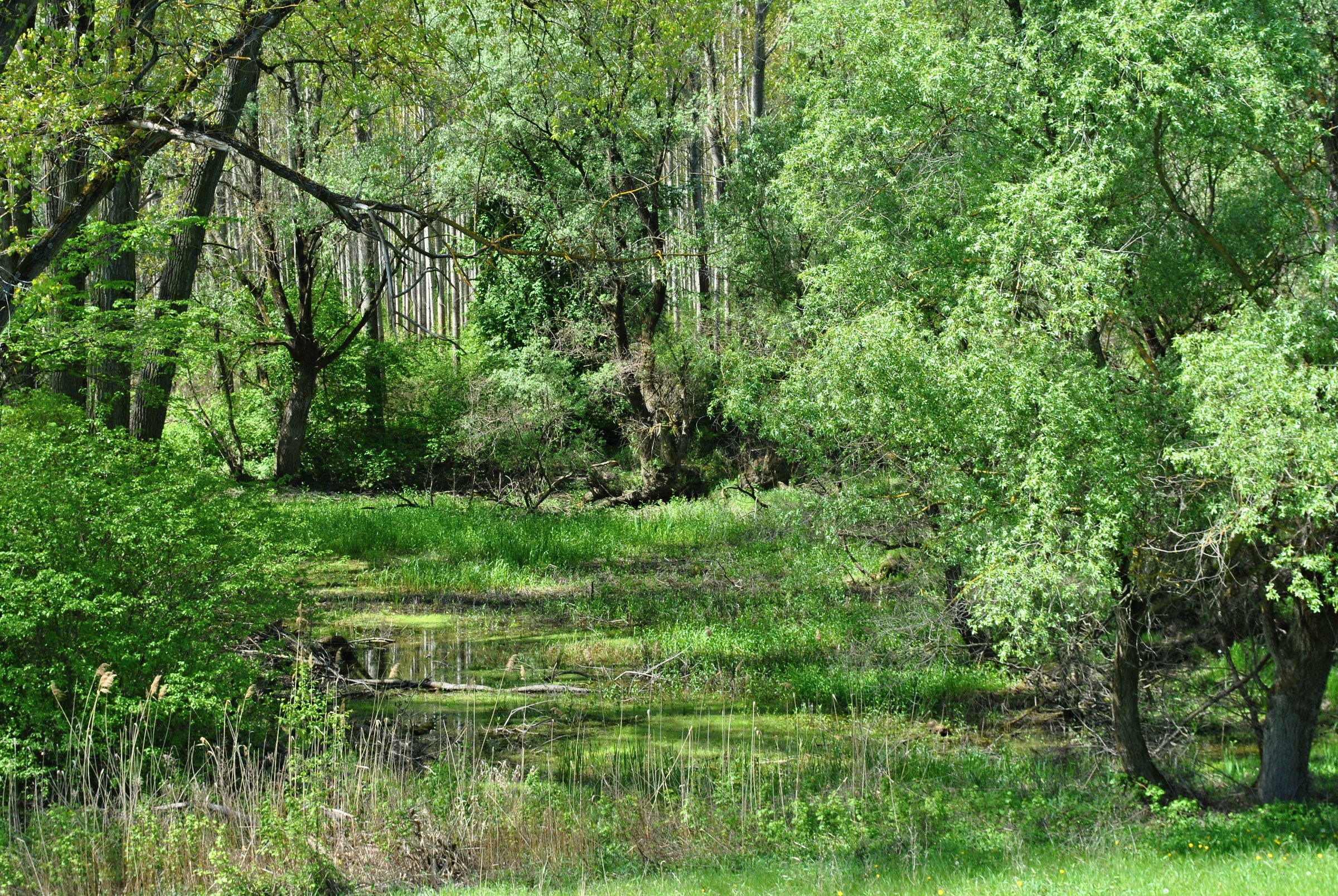
Foto: BROZ
In cooperation with the European Environment Agency (EEA) and based on existing data of the Copernicus Land Monitoring Services, the unique data on riparian zones is used on a macro-regional dimension, to identify the status of ecosystems and their functionality within a Danube-wide riparian forest corridor.
At the Danube-wide expert workshop on 5th of April (Wachau/Austria), an intense discussion to define criteria for remote census, analyses of existing data and the preparation of Danube-wide base maps took place. The experience exchange with Alparc – the Alpine Network of Protected Areas – was inspiring, and the inputs and instructions by the experts of the EEA were extremely fruitful. Vojvodinasume Public Forest Enterprise as coordination partner started the preparation of base maps for the upcoming “fitness check”.
Bats are excellent indicators for the fitness of the Riparian Forest Corridor. A harmonized monitoring methodology has been developed by partners of DANUBEparksCONNECTED at the Upper, at the Middle and at the Lower Danube.
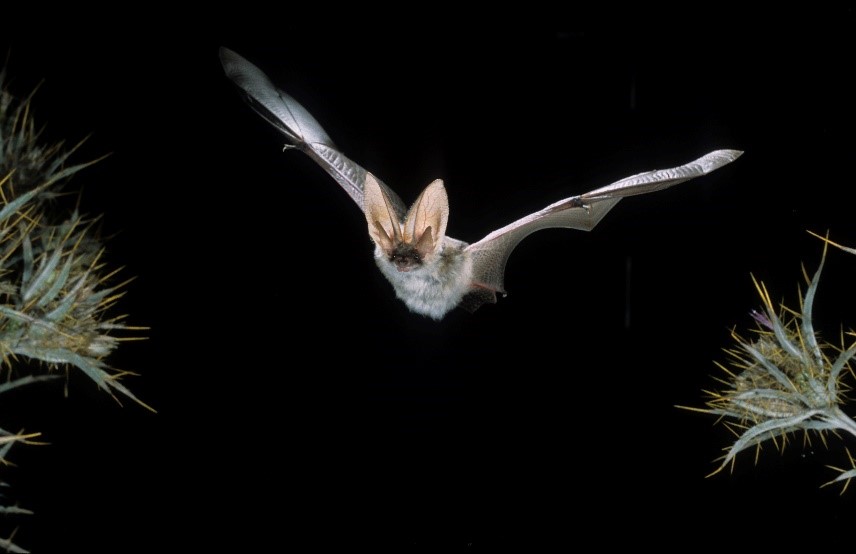
Foto: Nill
|
|
| |
 |
Interested to learn more?
|
| |
|
The new edition of the DanubeInside Magazine has been published. The magazine tells the story of DANUBEPARKS and gives a more detailed overview on the DANUBEparksCONNECTED project activities.
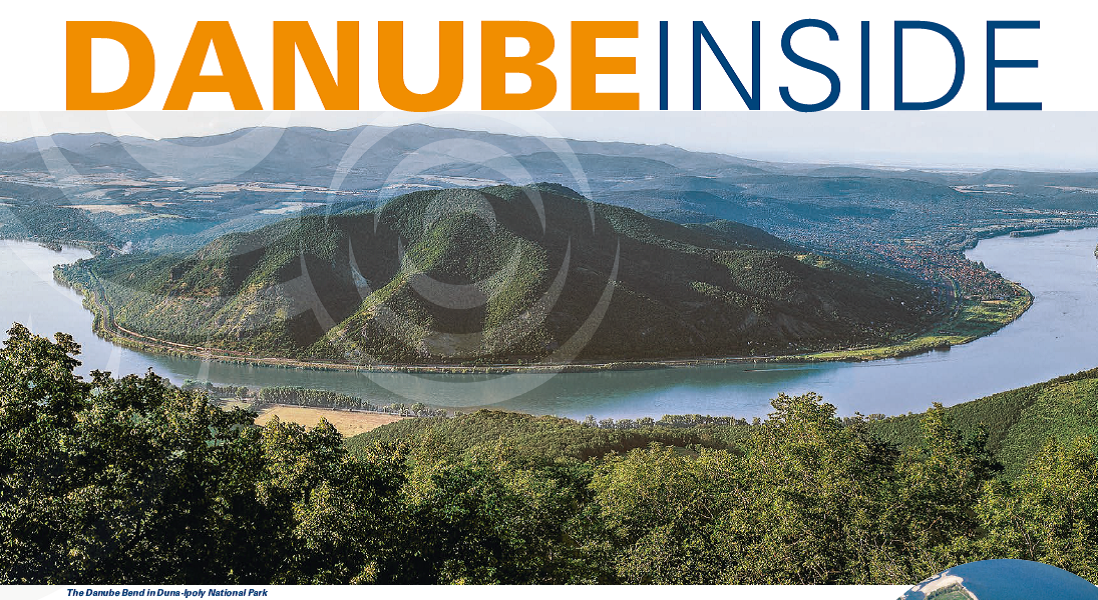
DanubeInside download
|
|
| |
 |
What’s new?
|
| |
|
DANUBEparksCONNECTED participates at IVY
IVY stands for "Interreg Volunteer Youth" and it is a pilot action launched by the European Commission to offer the possibility to young Europeans aged 18-30 to serve as volunteers in cross-border, transnational or interregional programmes and related projects.

DANUBEparksCONNECTED hosts an Interreg Volunteer from September 2017 to April 2018 and is one of the first projects in the programme. Our Volunteer will be based at the DANUBEPARKS office at the Donau-Auen National Park in Austria and will support nature protection on a Danube-wide scale.
Interested to become or host a Volunteer?
www.interregyouth.com/about
The Danube River: an ecological corridor (also) connecting the Alps and the Carpathians
DANUBEparksCONNECTED strengthens the Danube as ecological corridor, connecting more biogeographic regions than any other European river. Together with the Alpine Network of Protected Areas (Alparc) and the Carpathian Network of Protected Areas (CNPA), a Memorandum of Cooperation was signed in 2016 to foster the joint approach on ecological connectivity. The Alpine Carpathian River Corridor project proposal has been submitted in the cross-border Interreg programme, and a new video clip demonstrates how ecological connectivity works.
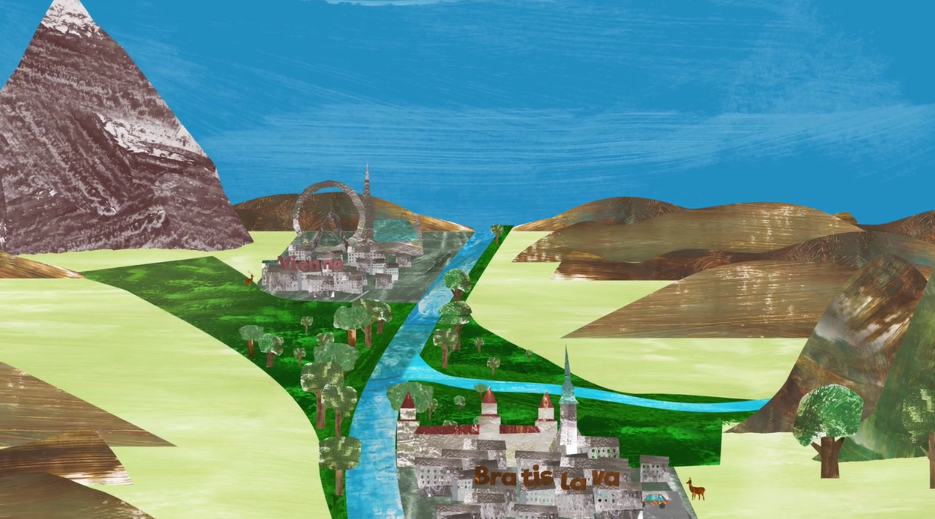
View Video
DANUBEparksCONNECTED article in Danube News
Find a publication of DANUBEparksCONNECTED in the last issue of danube news, magazine of the International Association for Danube Research (IAD).
|
|
| |
 |
Upcoming Events
|
| |
|
10 years DANUBEPARKS celebration (28th June - 1st July, Kopački rit)
Ten years ago, in April 2007, protected area managers from eight Danube countries met in Tulcea (Romania) and established the Danube River Network of Protected Areas. Today DANUBEPARKS consists of 16 partners from 9 Danube countries.
The DANUBEPARKS 10th anniversary will be celebrated in the frame of the kick-off of the 1st Danube Volunteers Day to promote dry habitats. The DANUBEPARKS team will voluntarily work in the Nature Park Kopacki rit. In August and September 2017, all Danube Protected Areas will organise a Volunteers day for the public.
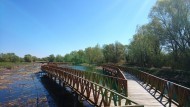 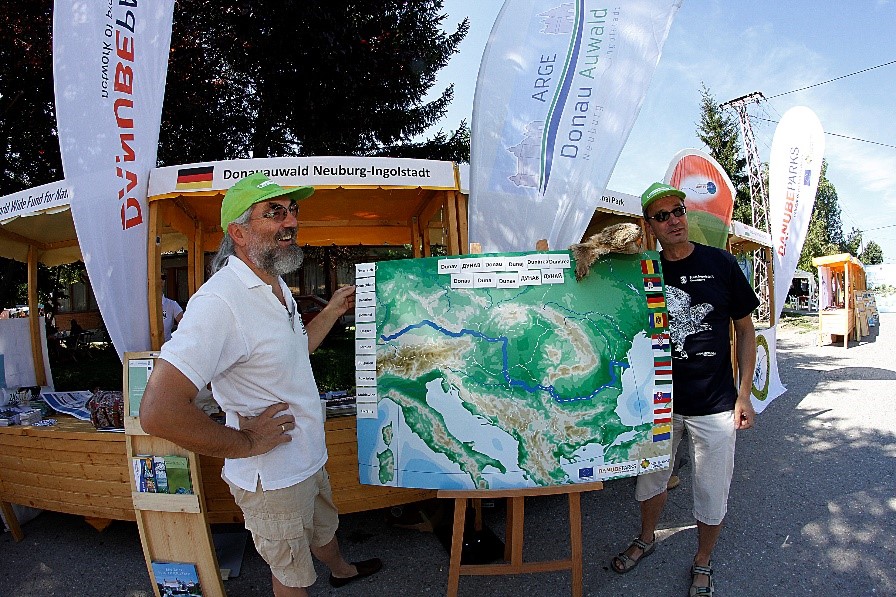
Foto: Kopacki rit Foto: DANUBEPARKS
1st Danube Volunteers day to promote dry habitats
In the period from August to November 2017, Protected Areas from 8 Danube countries are hosting different Volunteer activities to manage and promote the valuable dry habitats in the Danube region. All interested people in the Danube region are invited to work together for dry meadows, to mow the grass in reserves, to manage the habitats of characteristic bird species, and to be active for rare orchids.
Interested to join? Contact us and we tell you which Volunteer activity is the closest to you!
More details will follow in our next Newsletter!

Foto: Welterbegemeinden Wachau
|
|
|
|
|
| |
|
If you have received this newsletter, you have been included on one or more of the Danube Transnational Programme/projects postal mailing lists. We are committed to respect and protect the privacy of personal data collected. We regard your personal data as confidential information and will never communicate it to third parties. Your personal data are used mainly for the express purpose of receiving the newsletter. Your mailing details may also be used by the DTP and its projects for information and dissemination purposes strictly related to the programme and its projects. If you prefer not to receive more of this newsletter and your data not to be used for dissemination purposes, you can unsubscribe by sending a reply email.
|
|
|
|
|
|
